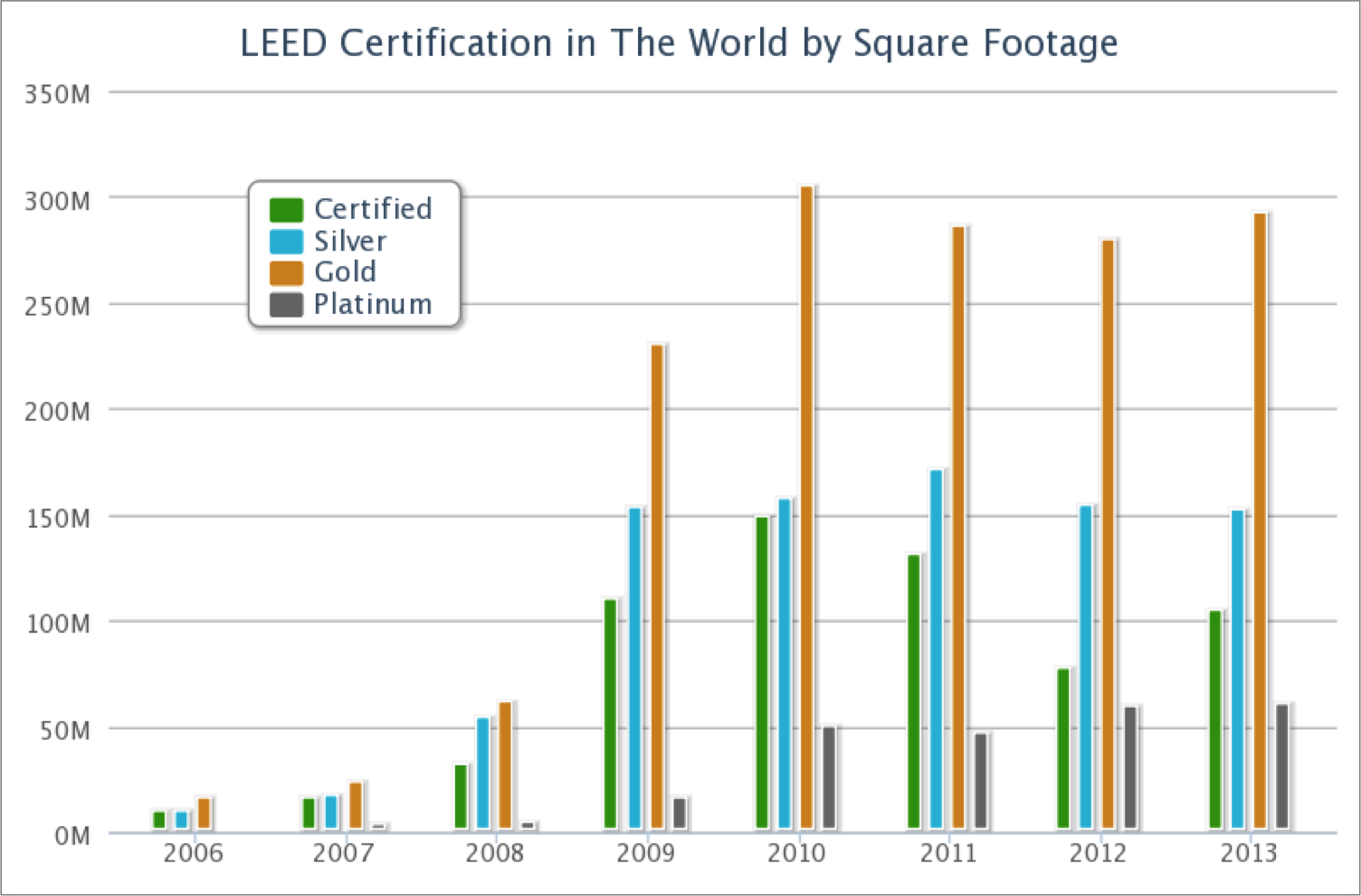Code Green Solutions


One of the most common questions posed by real estate professionals is, “What are the benefits of pursuing a LEED rating, and what are the marginal investment requirements necessary to attain these benefits?”
This GBIG Insight Research Anthology – High Performance Building Benefits and Investment Costs [PDF] contains brief summaries of top research articles, academic papers, industry reports, comprehensive textbooks, and resources devoted to informing strategic and tactical business decisions. Each section contains internet links to a wide array of expert resources allowing readers to explore each specific topic at significantly greater depth.
Together these works are distilled into five distinct categories:
As of this article posting, roughly 21,000 projects totaling 3 billion square feet found a compelling business case to pursue LEED certification. Industry practitioners realize no two projects are exactly the same when it comes to size, scope, location or stakeholder engagement requirements. Determining the marginal investment required to achieve additional high performance building benefits is therefore situational, an ongoing iterative process based on 1) specifying a “benefit package” of outcomes desired, and 2) assessing the probability the benefits can be realized from the marginal investment applied.
Regardless of scale or budget, all LEED certified projects share the common desire to surpass business-as-usual, engage industry best practices, and deliver superior outcomes. The flexible, credit-based structure of building rating systems like LEED allows project teams to pursue a tailored benefit package that best suits the project’s location, climate zone, building type, budget, and market positioning. Third party review and certification serves an important economic purpose by holding real estate professionals to a higher standard, affirming adherence to best practices, and transparently communicating the array of accomplishments to relevant stakeholders as a market signal.
By no means is this GBIG Research Anthology complete. The global expansion of high performance building is driving tremendous growth in the breadth and depth of available market knowledge. With industry expertise advancing at a brisk pace, GBIG Insight is designed to be a resource for maintaining position at the forefront of this rapidly evolving sector.
The competitive market pressures and strategic business implications of sustainability continue to increase. I’m confident this GBIG Insight Anthology will provide strong reference and essential foundational knowledge for current and future high performance projects.